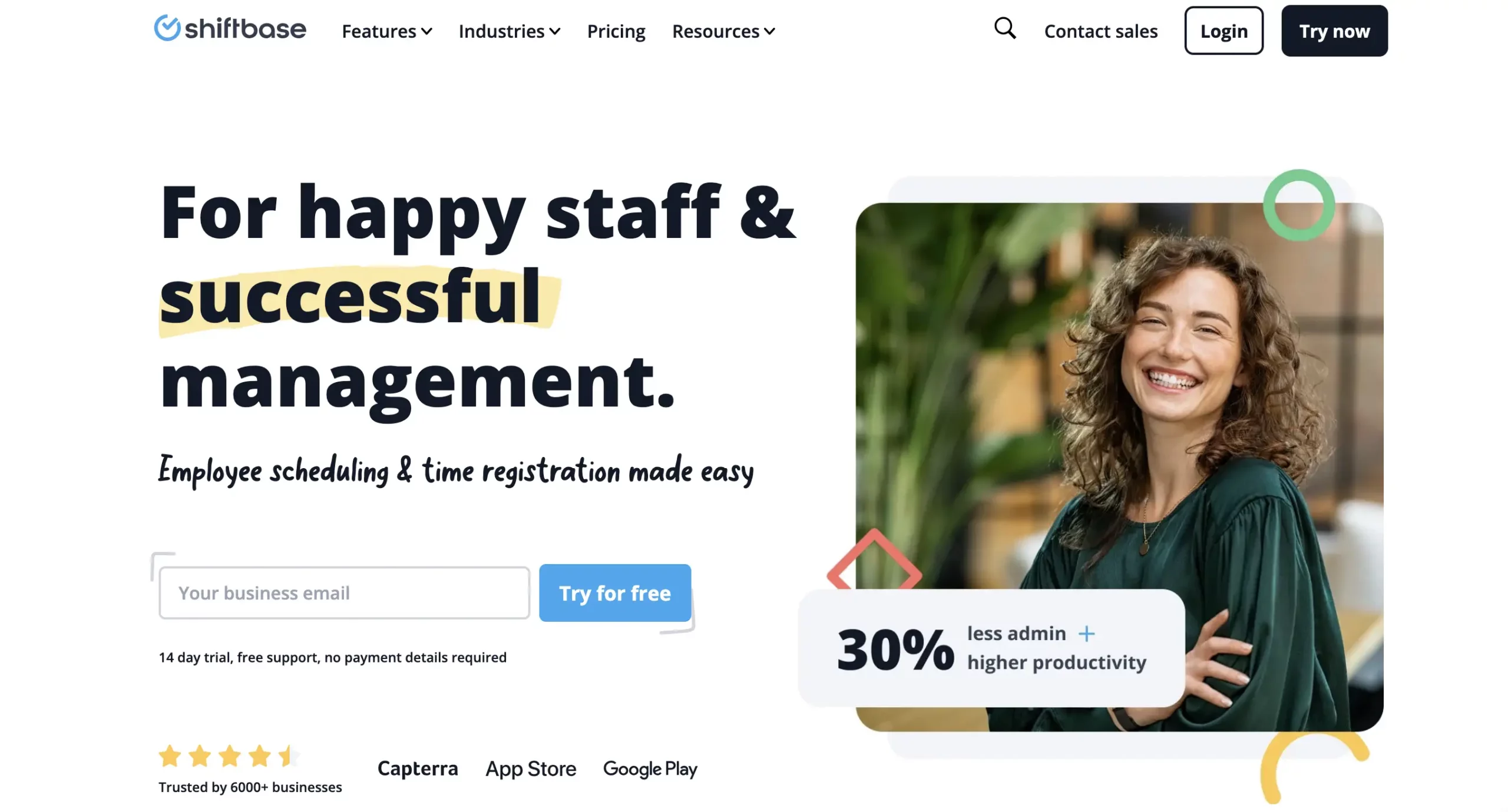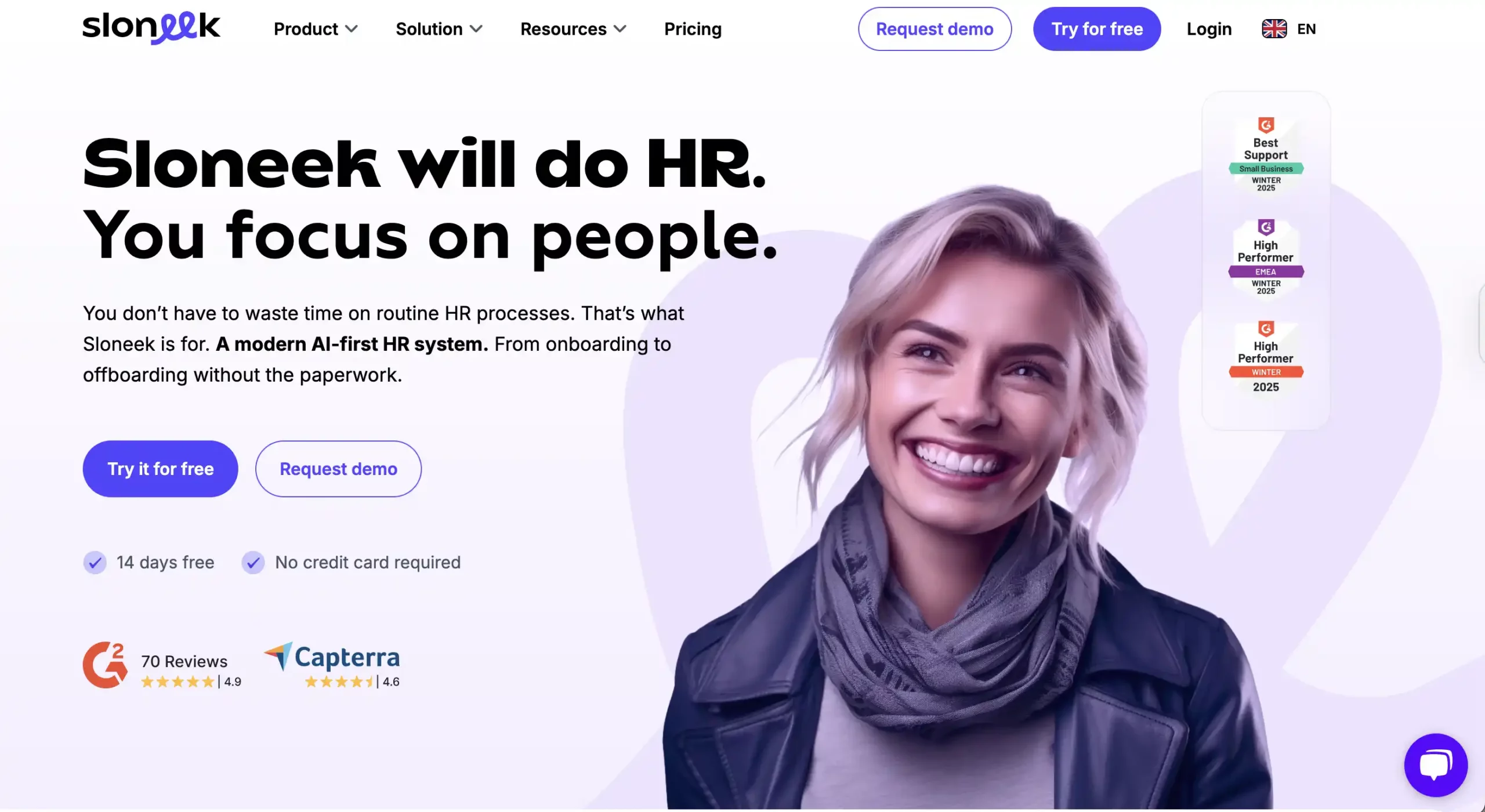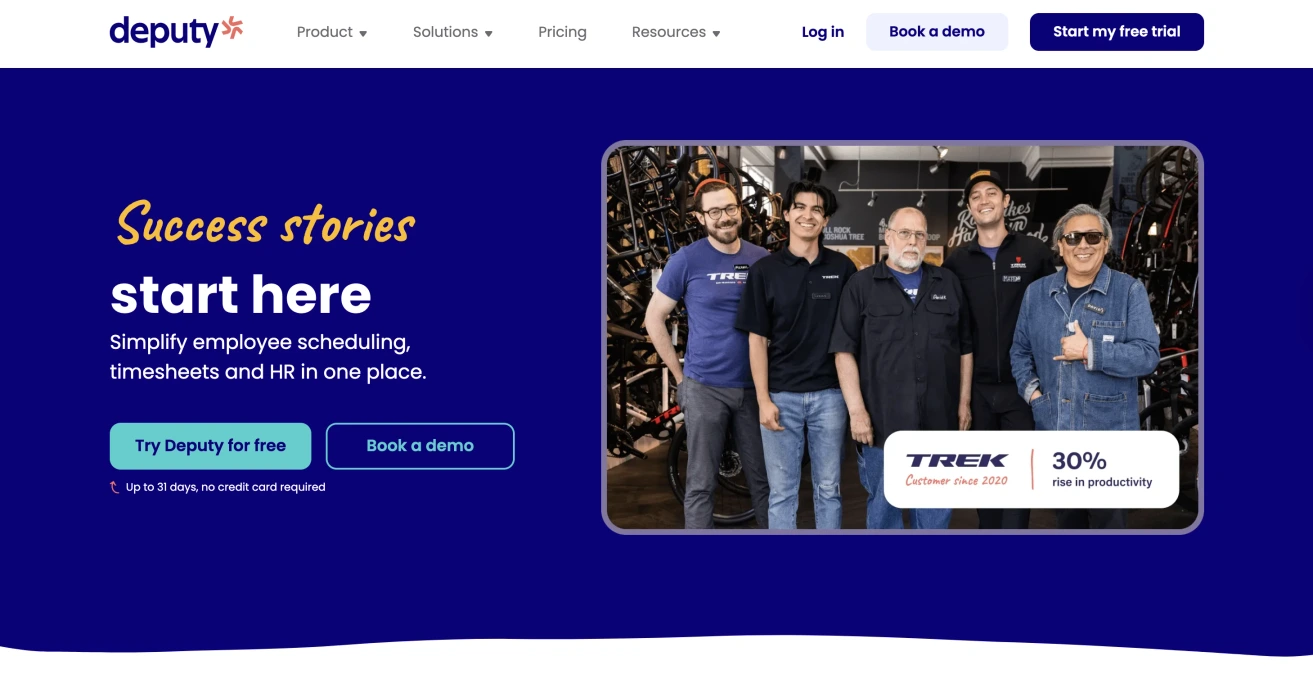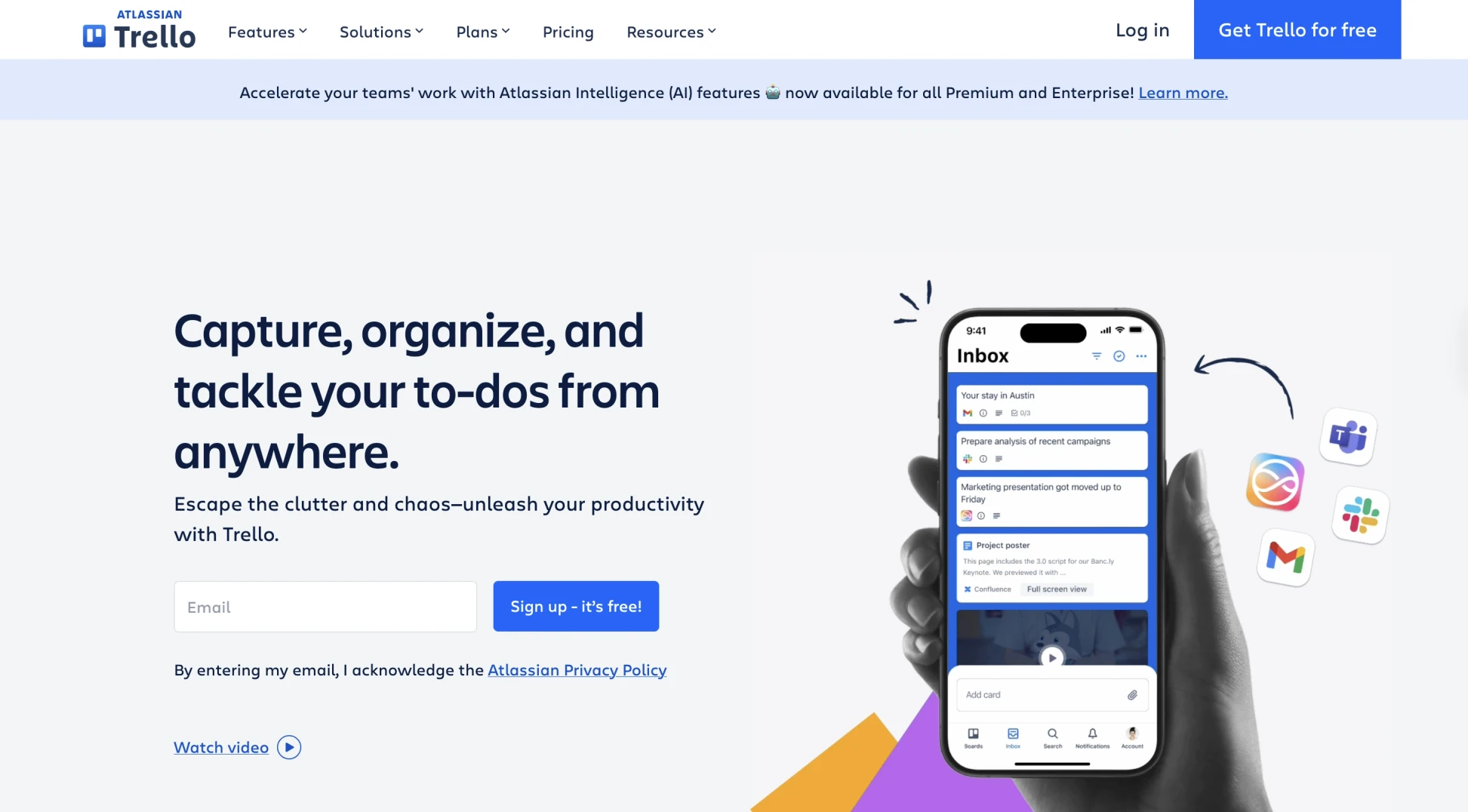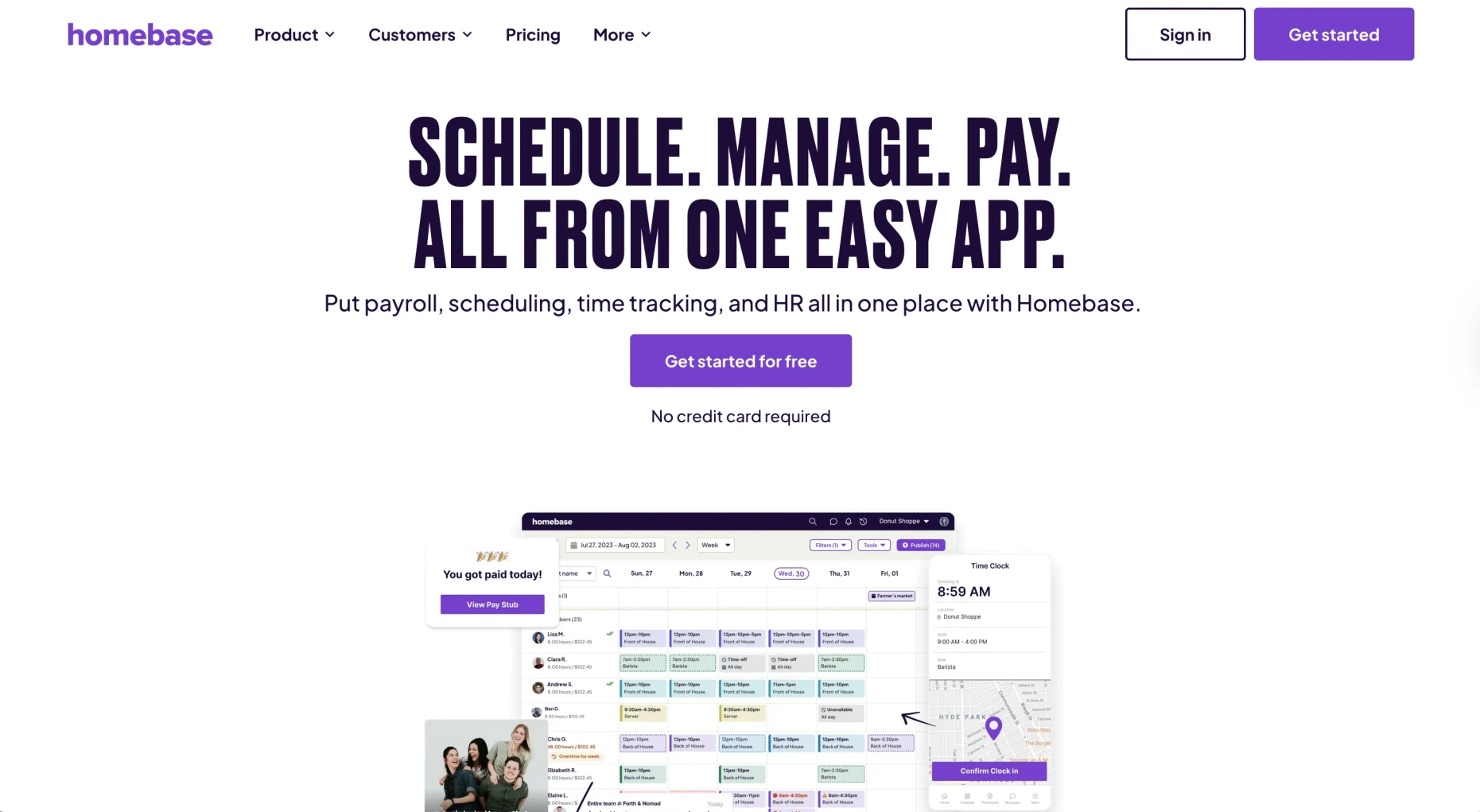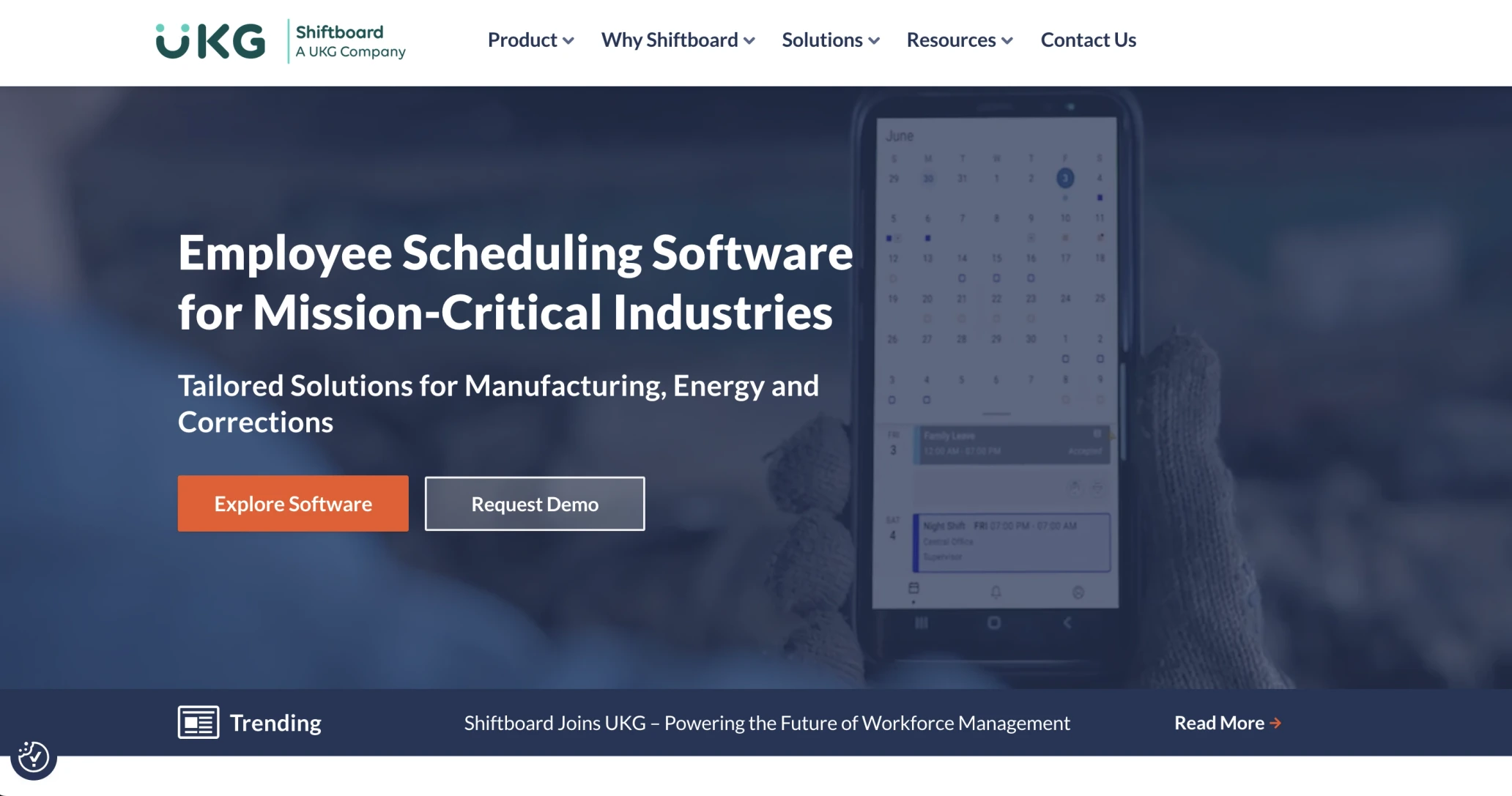Top Shiftbase Competitors: Find the Best Workforce Management Solution for Your Business
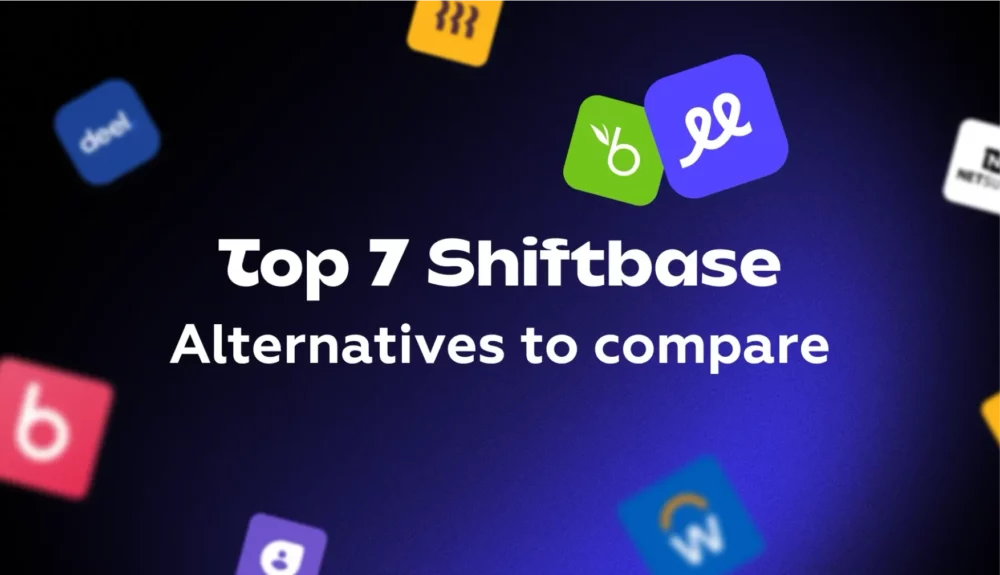
In today’s fast-paced business world, finding the right workforce management solution is crucial. Shiftbase has carved a niche for itself with its user-friendly interface and robust features. But with numerous competitors in the market, it’s essential to evaluate your options before making a decision.
I’ve explored various alternatives to Shiftbase, each offering unique strengths and capabilities. Whether you’re looking for advanced scheduling tools or seamless integration with existing systems, understanding these competitors can help you choose the best fit for your organization. Let’s dive into the landscape of Shiftbase competitors and discover what they bring to the table.
Overview of Shiftbase and Its Market Position
Shiftbase is a comprehensive workforce management platform designed for optimal employee scheduling and attendance management. It offers a user-friendly interface that simplifies processes for tracking employee schedules, managing time-off requests, and tracking attendance. This application supports both full-time and part-time employees, enhancing operational efficiency across varying workforce dynamics.
Shiftbase positions itself in a competitive market by providing advanced features such as real-time analytics and built-in schedule optimization tools, complemented by real-time notifications and real-time reporting. These features support effective management of employee leave and sick leave tracking, ensuring that organizations maintain compliance with labor laws while optimizing payroll systems. In addition to that, the platform’s strong capabilities in task scheduling and absence management processes give it an edge over many competitors.
In terms of cost, Shiftbase offers flexible pricing options tailored for different organizational needs. This adaptability appeals to businesses seeking a solution that fits their budget while still providing a robust set of tools. Its real-time overview of employee status and schedule distribution enhances communication and facilitates better decision-making.
Shiftbase’s continuous development approach integrates user feedback for improvements and new features. This dedication creates authentic software experiences that resonate with users. As a result, organizations leveraging Shiftbase can expect to improve employee satisfaction through efficient scheduling and robust tracking processes.
Key Features to Look for in Shiftbase Competitors
When evaluating Shiftbase competitors, focus on several key features that enhance workforce management processes.
Employee Scheduling: The software should offer robust employee scheduling tools. Look for platforms that allow for easy creation and distribution of employee schedules, accommodating flexible or part-time staff efficiently.
Time Tracking: Effective activity tracking features are crucial. Platforms should provide real-time overview capabilities to monitor hours worked, breaks, and overtime easily.
Attendance Management Tools: Competitors must include comprehensive attendance management tools. Solutions should track employee attendance, manage time-off requests, and automate leave management processes.
Shift Swapping: A valuable feature is the ability for employees to swap shifts seamlessly. This functionality improves flexibility and overall employee satisfaction.
Advanced Analytics: The presence of advanced analytics is important in assessing workforce metrics. Competitors should offer real-time analytics that provide insights into employee performance, operational efficiency, and scheduling effectiveness.
Mobile Application: A user-friendly mobile app enhances accessibility. It should allow employees to manage schedules, request time off, and communicate with management on-the-go.
Reminders and Alerts: Built-in reminders for shifts and time-off requests keep employees informed. Real-time notifications about scheduling changes or overtime can prevent misunderstandings.
AI-Powered Workforce Optimization: AI-driven workforce management streamlines operations by automating scheduling, time tracking, and attendance. With precise clock features and intuitive interfaces, it eases managing diverse teams, reducing admin tasks and errors. This advanced AI fosters data-driven decisions, boosting productivity and ensuring compliance.
Payroll Integration: Integration with payroll systems simplifies compensation processes. Comprehensive reporting tools need to ensure accurate salary payouts based on time tracking data.
User Experience: A focus on user experience enhances software adoption. Competitors should prioritize intuitive interfaces that facilitate easy navigation for all users.
Compliance Management Tools: Solutions should comply with labor laws and regulations, providing employers with tools that ensure adherence to legal requirements in employee management.
Selecting the right competitor involves scrutinizing these essential features to determine which platform aligns best with specific organizational needs.
Overview of competitors and alternatives to Shiftbase
When evaluating competitors and alternatives to Shiftbase, several platforms stand out due to their unique features and capabilities. Each software offers various tools for workforce management processes, aiming to improve operational efficiency and user experience.
Sloneek
First on our list is Sloneek, a modern HR software solution designed primarily for small and medium-sized businesses seeking an intuitive platform to manage employee records, attendance, and leave requests efficiently. With its user-friendly interface and cloud-based architecture, Sloneek offers essential features such as employee self-service, holiday planner & booking system, and document management, making HR tasks straightforward and accessible. Additionally, Sloneek supports custom reports and integrates well with payroll systems, positioning it as a competitive alternative to more established platforms like BreatheHR and BambooHR.
Deputy
Deputy offers robust employee scheduling features that simplify the creation of employee schedules. The platform supports time tracking while also providing a real-time overview of staff availability. Users benefit from tools for managing time-off requests, shift swapping, and compliance management.
When I Work
When I Work focuses on scheduling and time tracking, emphasizing an intuitive mobile application. It allows users to manage employee schedules, track attendance, and communicate shift changes easily. Comprehensive reporting tools enable analysis of labor costs and overtime.
Trello
Trello is a project management tool that, while not specifically built for workforce management, provides flexibility for task scheduling. Users can create boards and lists for tracking employee assignments and deadlines, making it a versatile option for teams wanting to manage projects and staff allocation.
Sling
Sling is a workforce management software that excels in communication features. It allows messaging between users and includes various alerts and reminders for shifts. The platform also supports employee scheduling and time tracking, with options for part-time employees.
Homebase
Homebase combines scheduling, time tracking, and payroll capabilities, making it an excellent option for businesses seeking comprehensive solutions. The platform provides advanced analytics for tracking labor costs and employee performance. With built-in features for managing requests and absences, Homebase helps streamline workforce management processes and enhance customer satisfaction with its core scheduling and time-tracking features.
Shiftboard
Shiftboard focuses on complex scheduling needs, especially for organizations with varied staffing requirements. It offers advanced features like real-time analytics, compliance tools, and comprehensive reporting. Users can efficiently track employee attendance, manage overtime, and streamline payroll systems.
In today’s competitive landscape, finding the right app for employee scheduling has become crucial for managing workforce efficiency. Advanced platforms like Shiftbasnow incorporate features like overtime calculation, allowing managers to keep track of extra hours seamlessly. This not only enhances payroll accuracy but also improves transparency between the company and its employees. Engaging with customers has never been smoother, as apps offer insights into scheduling patterns and staffing needs week by week.
Selecting the most suitable alternative requires comparing these platforms against specific needs, user preferences, and budget considerations. Each software solution provides distinct advantages that can enhance employee scheduling, tracking, and overall operational efficiency.
Comparing Pricing and Value
When comparing Shiftbase competitors like Sloneek, Deputy, When I Work, Trello, Sling, Homebase, and Shiftboard, consider cost-effectiveness, features, ease of use, and advanced scheduling. Sloneek and Deputy are strong in scheduling and time-tracking with AI-driven management, offering competitive pricing. When I Work is user-friendly and affordable, ideal for simple scheduling needs. Trello allows customization and integration but lacks specialized scheduling features. Sling is budget-friendly for small teams, while Homebase excels in overtime-focused industries like retail. Shiftboard offers advanced scheduling for large organizations, justified by its higher pricing.
| Platform | Cost | Notable Features | Pricing Model |
|---|---|---|---|
|
Sloneek |
Variable pricing |
HR management, time tracking, document management |
Subscription-based |
|
Deputy |
Starts at $3.50/user/month |
Scheduling, time tracking, tasking, performance management |
Per user, per month |
|
When I Work |
Free and paid plans |
Employee scheduling, time tracking, communication tools |
Subscription-based, per user |
|
Trello |
Free and paid plans |
Board and card organization, task management, integrations with other tools |
Freemium; Tiered pricing |
|
Sling |
Free and paid plans |
Employee scheduling, team communication, shift management |
Freemium; Tiered pricing |
|
Homebase |
Free and paid plans |
Team scheduling, time tracking, team messaging, hiring tools |
Freemium; Add-ons available |
|
Shiftboard |
Custom pricing |
Advanced scheduling, labor cost management, compliance support |
Subscription-based |
Top Shiftbase Competitors to Consider
Finding the right workforce management solution is crucial for any organization. As I’ve explored throughout this article the landscape is filled with strong competitors that each bring something unique to the table. Evaluating these options not only helps in identifying the best fit for your specific needs but also ensures that you’re leveraging the latest tools for optimal efficiency.
Evaluating advanced scheduling features and integration options is crucial for optimizing workforce management and enhancing operational efficiency. By leveraging an app for employee scheduling, businesses can streamline the scheduling process, ensuring better resource allocation and improved productivity. With the integration of AI-driven workforce management solutions, companies can substantially elevate their scheduling capabilities by utilizing real-time reporting to make informed decisions. Understanding customer usage patterns and preferences further enables organizations to tailor their approaches, maximizing both employee satisfaction and operational effectiveness. In an increasingly competitive environment, these advanced features serve not just as enhancements, but as essential components for sustainable success.
in conclusion, Whether it’s Deputy’s robust compliance features or When I Work’s intuitive mobile app, each platform has its strengths. Taking the time to compare these alternatives will empower you to make informed decisions that enhance employee scheduling and overall operational success. Ultimately the goal is to support your team effectively while staying compliant and efficient.

